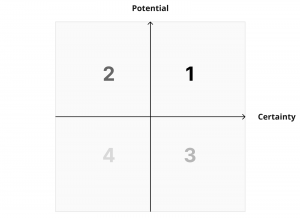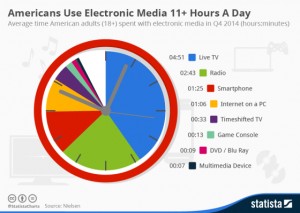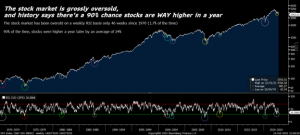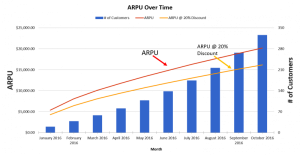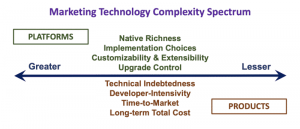Winners, Losers, Amazon: 4 Lessons Learned From Ecommerce Trends
But as always, some brands are succeeding, others are struggling, and then there’s Amazon, whose massive scope continues to put it in a category by itself.
This article will highlight lessons learned from the “Retail Winners, Losers and Amazon” data report written by Jumpshot. Unless otherwise noted, data cited here is based on Jumpshot’s analysis of 1.8 billion digital transactions from leading U.S. ecommerce sites during 2018.
Amazon Is Still the 80,000-Pound Gorilla
Amazon had 1.59 billion transactions in 2018, nearly five times more than eBay, and fourteen times more than Walmart. Compared to 2017, Amazon’s transaction volume grew 2.2%, a seemingly-modest percentage that translates to a massive 34 million more transactions. Much of that growth took place in Q4 2018, meaning that Amazon grew more in a quarter than Macy’s, Best Buy and Sears combine to sell in a year.
Omnichannel Is Here
Looking beyond Amazon, our list of 2018 ecommerce winners includes a remarkable number of retailers known for their strong physical retail footprint, including Walmart (+3.2% year-over-year vs. 2017), Target (+43%), Macy’s (+25%), Home Depot (+18%), Costco (+28%), and Ulta (+24%). Each made strides in offering consumers a compelling omnichannel experience, highlighted by the growth of buy-online-pickup-in-store options. These retailers also benefit from clear brand promises and distinct target markets, in contrast to many brands that struggled in 2018.
Indistinct Brands Continue Getting Punished
The list of 2018’s struggling brands include names now best known as the poster children for the “retail apocalypse”– Kmart, Sears, and JCPenney all dipped, and Toys R Us obviously didn’t survive in 2018, although it might be resurrected this year.
Given the success of other retailers with strong physical footprints, it becomes clearer that the problem with Kmart, Sears and JCPenney is less that they are “retail” stores and more that they continue to pitch a muddled offering with a weak online component to the increasingly endangered segment of middle-class department store shoppers.
Digital Pure Plays Continue Buying Growth
While established retailers saw their fortunes hinge on their omnichannel savvy (or lack thereof), three digital pure plays stand out for their continued success. Etsy grew 20% to 36.7 million transactions — making it the fourth largest online retailer in the U.S. Also up big were pet supply retailer Chewy (+53%), and furniture retailer Wayfair (+38%).
These brands share a history of successfully “buying growth” (significant traffic from paid search), and from taking on Amazon selectively. Chewy and Wayfair are laser-focused on categories where Amazon is less dominant, and both strive for distinctiveness with a younger, hipper vibe.
Etsy spans a range of non-Amazon dominated categories, including crafts, jewelry, apparel and home décor. Moreover, its positioning as a platform empowering the solo crafter is distinct from Amazon’s more corporate and commoditized image.
Summing Up & Looking Ahead
The year ahead will be defined by companies fine-tuning how to thrive in the era of Amazon. Some brands will try to go around Amazon, via direct-to-consumer efforts. Others will try to balance selling directly with selling through Amazon (a la Nike). Still, others will focus on categories of opportunity, and differentiate themselves via distinct offerings and positionings. Amazon will continue defining the market, and the rest will devise how to go through, around or against them.
(67)
